The Ultimate Guide To Companion Gardening For Tomatoes
Introduction
Tomatoes are a popular garden vegetable, and for good reason. They are delicious, versatile, and relatively easy to grow. But did you know that you can improve your tomato harvest by companion planting?
Companion planting is the practice of planting certain plants together to benefit each other. Some plants attract beneficial insects, while others deter pests. Some plants help to improve the soil, while others provide shade or support.
In this guide, we will discuss the best companion plants for tomatoes. We will also cover what plants to avoid planting near tomatoes, and why.
Benefits of Companion Planting
There are many benefits to companion planting, including:
- Increased yields: Companion plants can help to attract beneficial insects, which can help to control pests. They can also help to improve the soil, which can lead to healthier plants and larger yields.
- Improved flavor: Some companion plants can actually improve the flavor of tomatoes. For example, basil is a classic companion for tomatoes, and it is said to enhance their flavor.
- Reduced pest and disease problems: Companion plants can help to deter pests and diseases. For example, marigolds are known to repel nematodes, which can be a problem for tomatoes.
- Increased biodiversity: Companion planting can help to increase the biodiversity of your garden. This can be beneficial for a number of reasons, including attracting pollinators and providing habitat for beneficial insects.
Best Companion Plants for Tomatoes
Here are some of the best companion plants for tomatoes:
- Basil: Basil is a classic companion for tomatoes, and it is said to enhance their flavor. Basil also helps to deter aphids and other pests.
- Marigolds: Marigolds are known to repel nematodes, which can be a problem for tomatoes. They also attract beneficial insects, such as ladybugs and lacewings.

- Chives: Chives help to repel aphids and other pests. They also improve the flavor of tomatoes.
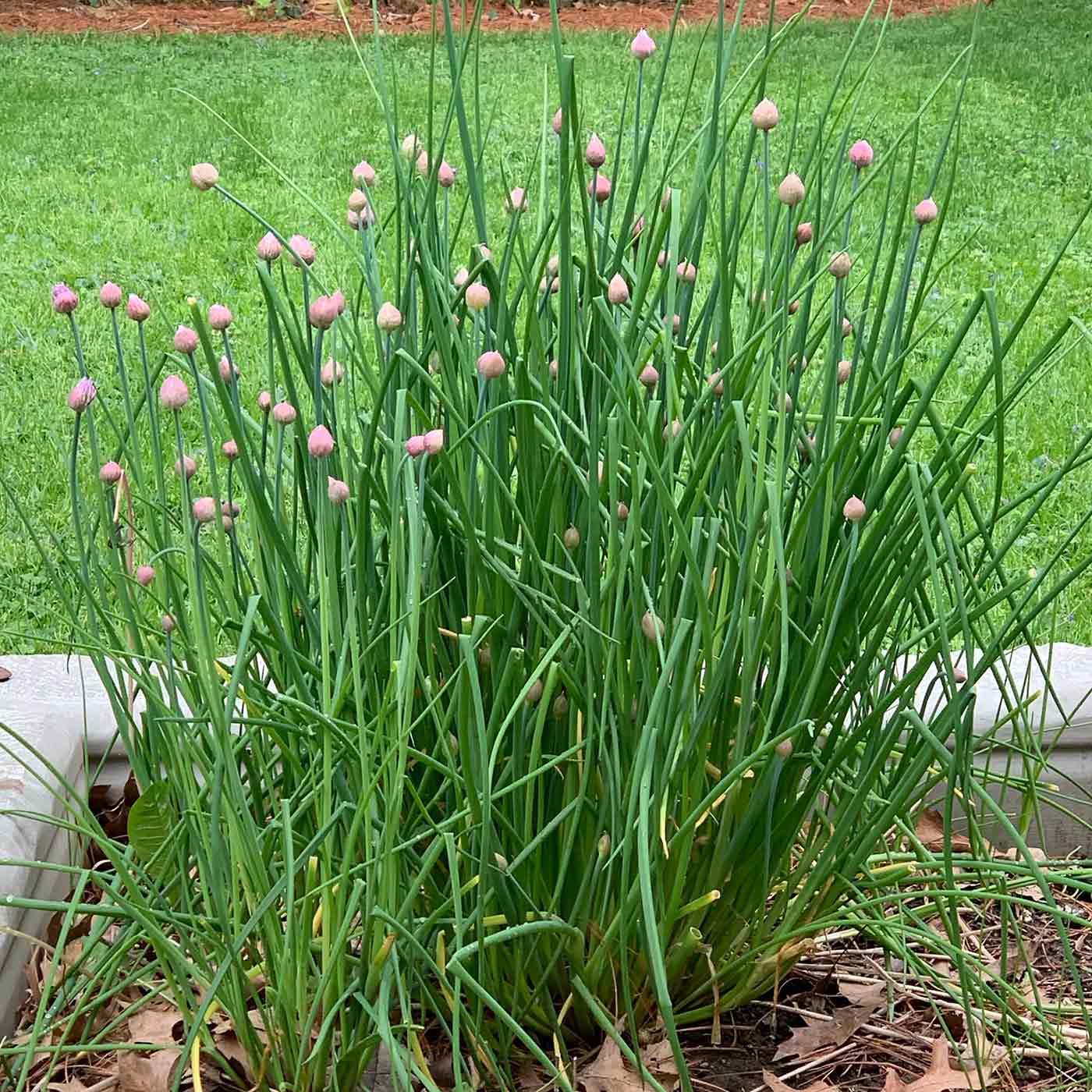
- Garlic: Garlic helps to repel pests, such as aphids and tomato hornworms. It also improves the flavor of tomatoes.
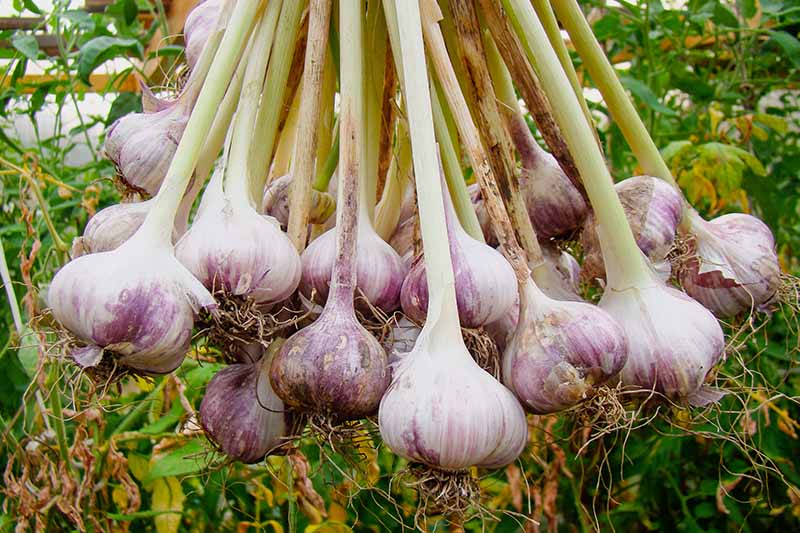
- Onions: Onions help to repel pests, such as aphids and tomato hornworms. They also improve the flavor of tomatoes.

- Borage: Borage attracts beneficial insects, such as bees and ladybugs. It also improves the flavor of tomatoes.
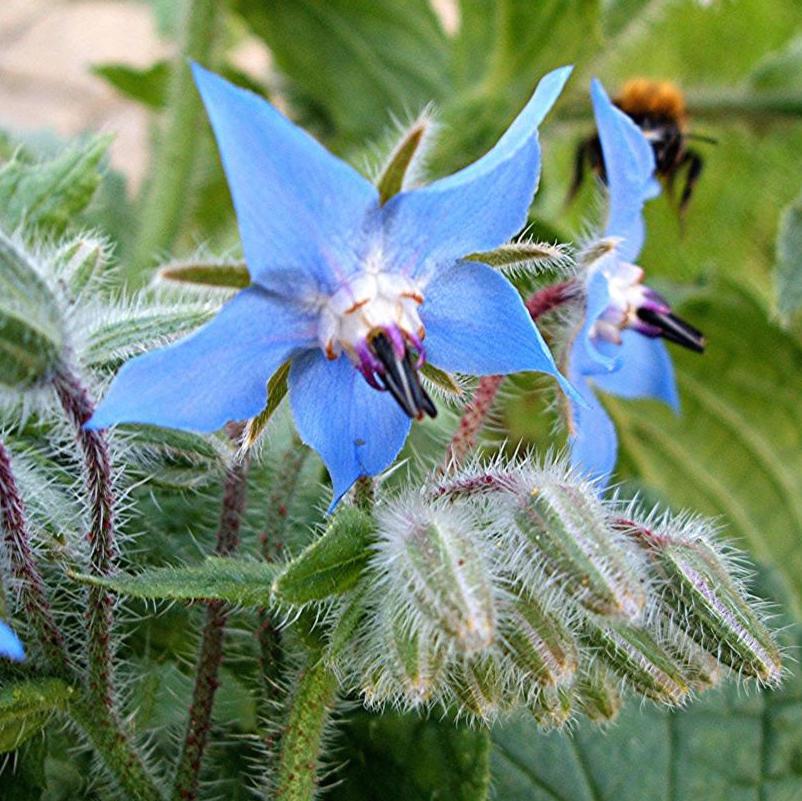
- Nasturtiums: Nasturtiums attract beneficial insects, such as ladybugs and lacewings. They also deter pests, such as aphids and whiteflies.

- Cucumbers: Cucumbers and tomatoes can be planted together, as long as they have enough space. Cucumbers help to attract beneficial insects, and they also help to improve the flavor of tomatoes.

- Lettuce: Lettuce can be planted between tomato plants to help suppress weeds and improve the flavor of tomatoes.
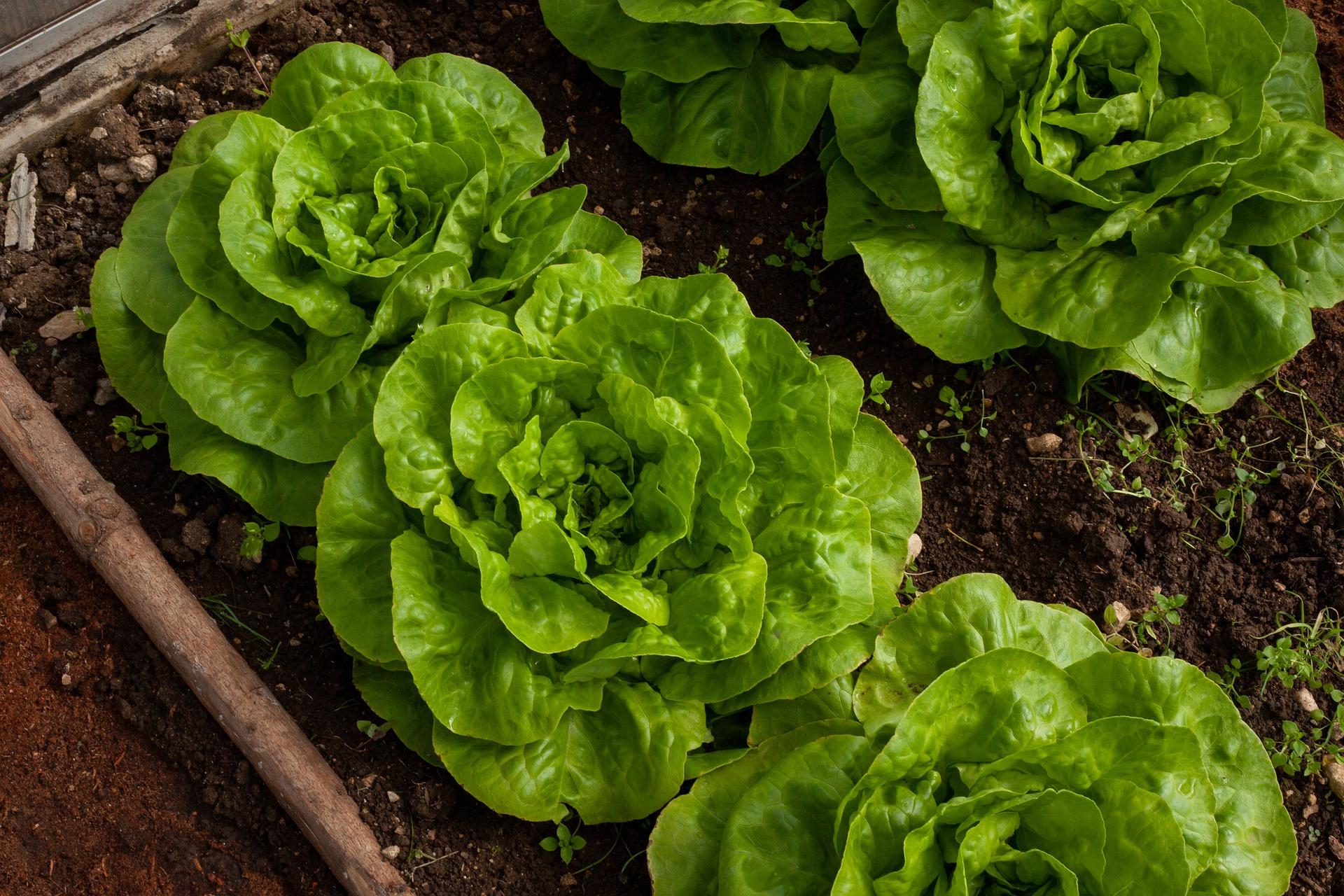
Plants to Avoid Planting Near Tomatoes
There are a few plants that you should avoid planting near tomatoes, including:
- Eggplant: Eggplant is a member of the nightshade family, and it can share the same pests and diseases as tomatoes.
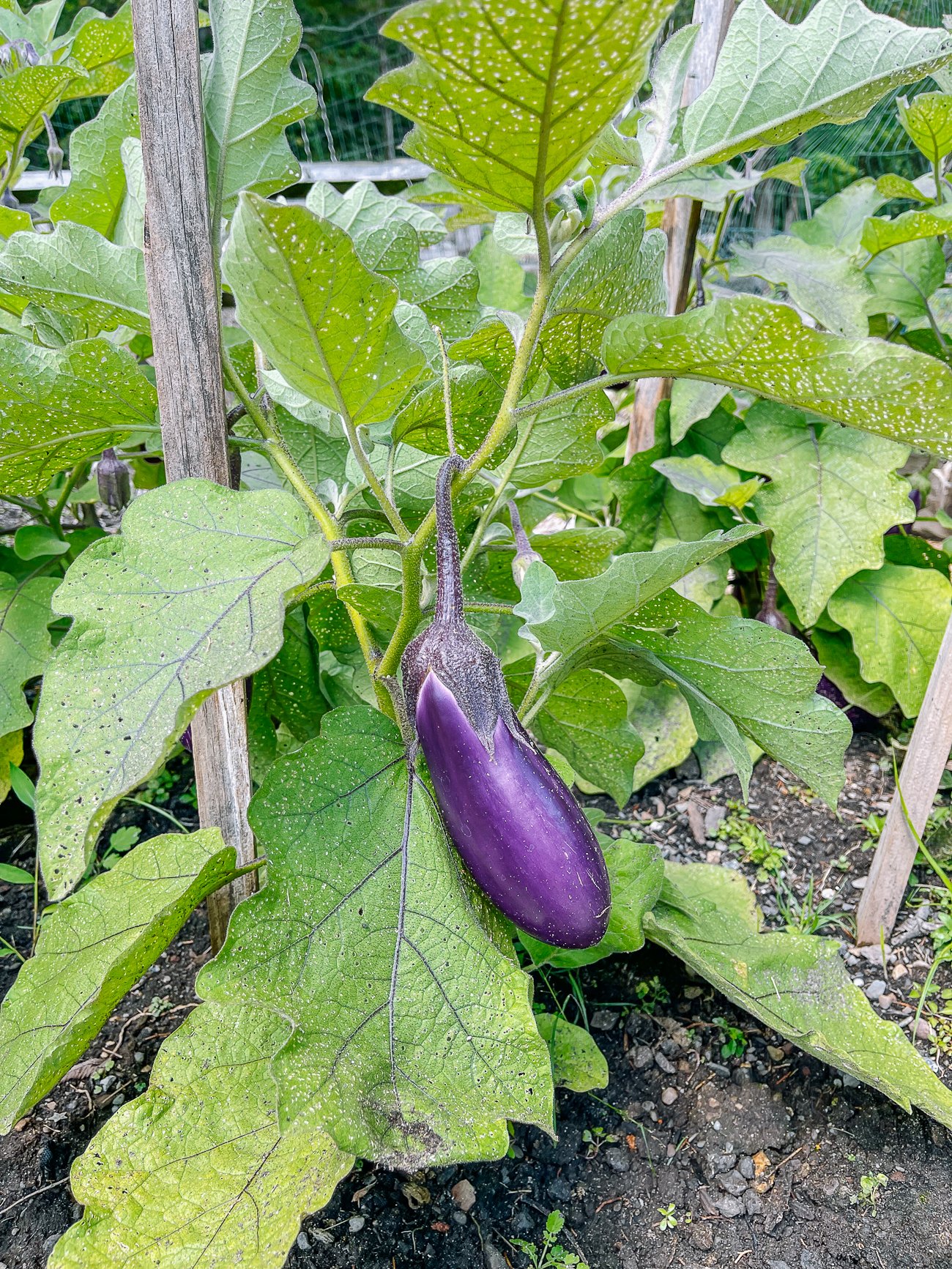
- Potatoes: Potatoes are also a member of the nightshade family, and they can share the same pests and diseases as tomatoes.

- Broccoli: Broccoli can compete with tomatoes for nutrients.

- Cabbage: Cabbage can compete with tomatoes for nutrients.

- Fennel: Fennel can stunt the growth of tomatoes.

- Dill: Dill can stunt the growth of tomatoes.
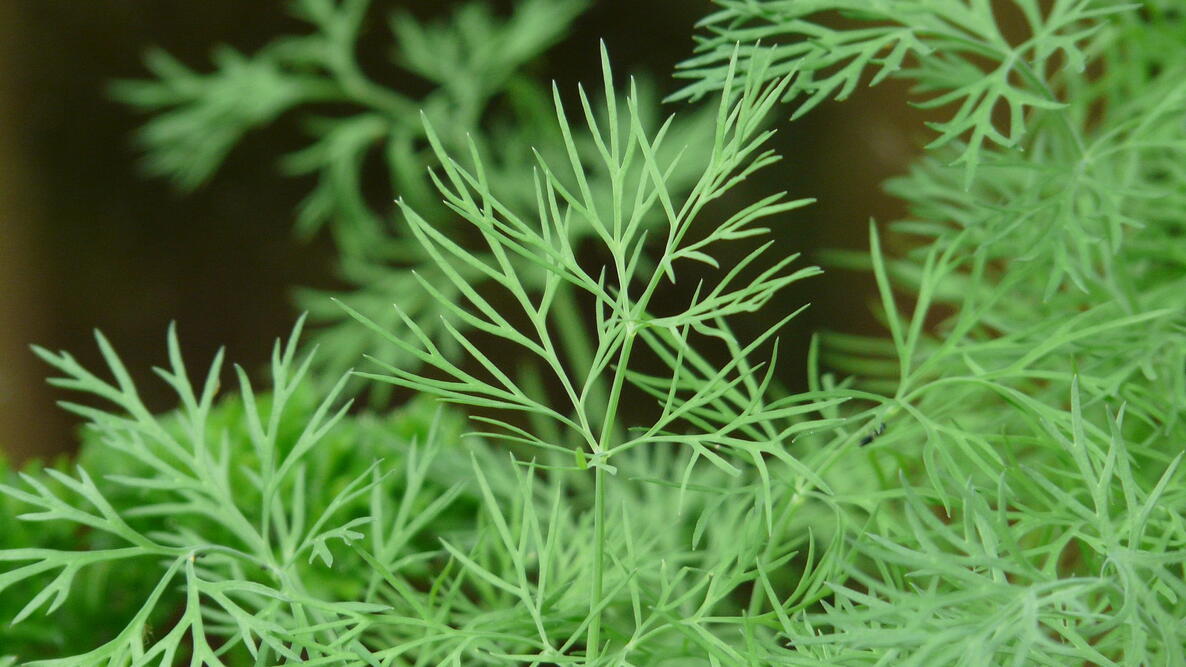
Conclusion
Companion planting is a great way to improve your tomato harvest. By planting the right plants together, you can attract beneficial insects, deter pests, improve the flavor of your tomatoes, and reduce your risk of plant diseases.
So next time you are planting tomatoes, be sure to consider their companion plants. You may be surprised at how much your harvest improves!
Companion gardening is a great way to improve the health and productivity of your tomato plants. By planting certain companion plants near your tomatoes, you can attract beneficial insects, deter pests, and improve the overall health of your soil.
Some of the best companion plants for tomatoes include:
- Basil: Basil is a classic companion plant for tomatoes, and for good reason. It helps to repel pests like aphids and tomato hornworms, and it also enhances the flavor of tomatoes.
- Marigolds: Marigolds are another great companion plant for tomatoes. They help to repel nematodes, which can be a major problem for tomato plants.
- Borage: Borage is a flowering herb that attracts beneficial insects like ladybugs and lacewings. These insects help to control pests that can damage tomato plants.
- Nasturtiums: Nasturtiums are another flowering herb that attracts beneficial insects. They also help to improve the drainage around tomato plants, which can help to prevent root rot.
For more information about companion gardening tomatoes, please visit Garden Wiki.
FAQ of companion gardening tomatoes
- What are the benefits of companion planting with tomatoes?
There are many benefits to companion planting with tomatoes, including:
Pest control: Certain plants can help to repel or attract pests, which can help to keep your tomato plants healthy. For example, marigolds are a good companion plant for tomatoes because they help to repel aphids, tomato hornworms, and other pests.
Disease prevention: Some plants can help to prevent diseases from affecting your tomato plants. For example, basil can help to prevent blossom end rot, and chives can help to prevent verticillium wilt.
Increased pollination: Some plants attract pollinators, which can help to increase the pollination of your tomato plants. This can lead to a larger harvest.
Improved soil health: Some plants can help to improve the soil health around your tomato plants. This can lead to healthier plants and a better harvest.
What are some good companion plants for tomatoes?
Some good companion plants for tomatoes include:
Marigolds: Marigolds help to repel aphids, tomato hornworms, and other pests.
Basil: Basil helps to prevent blossom end rot, and it also attracts pollinators.
Chives: Chives help to prevent verticillium wilt, and they also attract pollinators.
Asparagus: Asparagus helps to improve the soil health around tomato plants.
Celery: Celery helps to improve the soil health around tomato plants, and it also attracts pollinators.
Borage: Borage helps to attract pollinators, and it also helps to deter pests.
Nasturtiums: Nasturtiums help to deter pests, and they also add a splash of color to your garden.
What are some bad companion plants for tomatoes?
Some bad companion plants for tomatoes include:
Cabbage: Cabbage can stunt the growth of tomato plants.
Corn: Corn can compete with tomato plants for nutrients.
Broccoli: Broccoli can stunt the growth of tomato plants.
Fennel: Fennel can compete with tomato plants for nutrients.
Dill: Dill can compete with tomato plants for nutrients.
Potatoes: Potatoes can compete with tomato plants for nutrients.
Eggplant: Eggplant can stunt the growth of tomato plants.
How far apart should I plant tomatoes and their companion plants?
The distance that you should plant tomatoes and their companion plants apart will depend on the size of the plants. In general, you should plant tomatoes about 2-3 feet apart, and their companion plants about 1-2 feet apart.
- What are some tips for companion planting with tomatoes?
Here are some tips for companion planting with tomatoes:
- Choose the right companion plants: Not all plants are compatible with tomatoes. Be sure to choose companion plants that will benefit your tomato plants and not harm them.
- Plant companion plants in the right location: Companion plants should be planted in the right location. For example, marigolds should be planted on the north side of your tomato plants to help protect them from pests.
- Water and fertilize your plants properly: Be sure to water and fertilize your plants properly. This will help to ensure that they are healthy and productive.
- Monitor your plants for pests and diseases: Be sure to monitor your plants for pests and diseases. If you see any problems, take action immediately to prevent them from spreading.

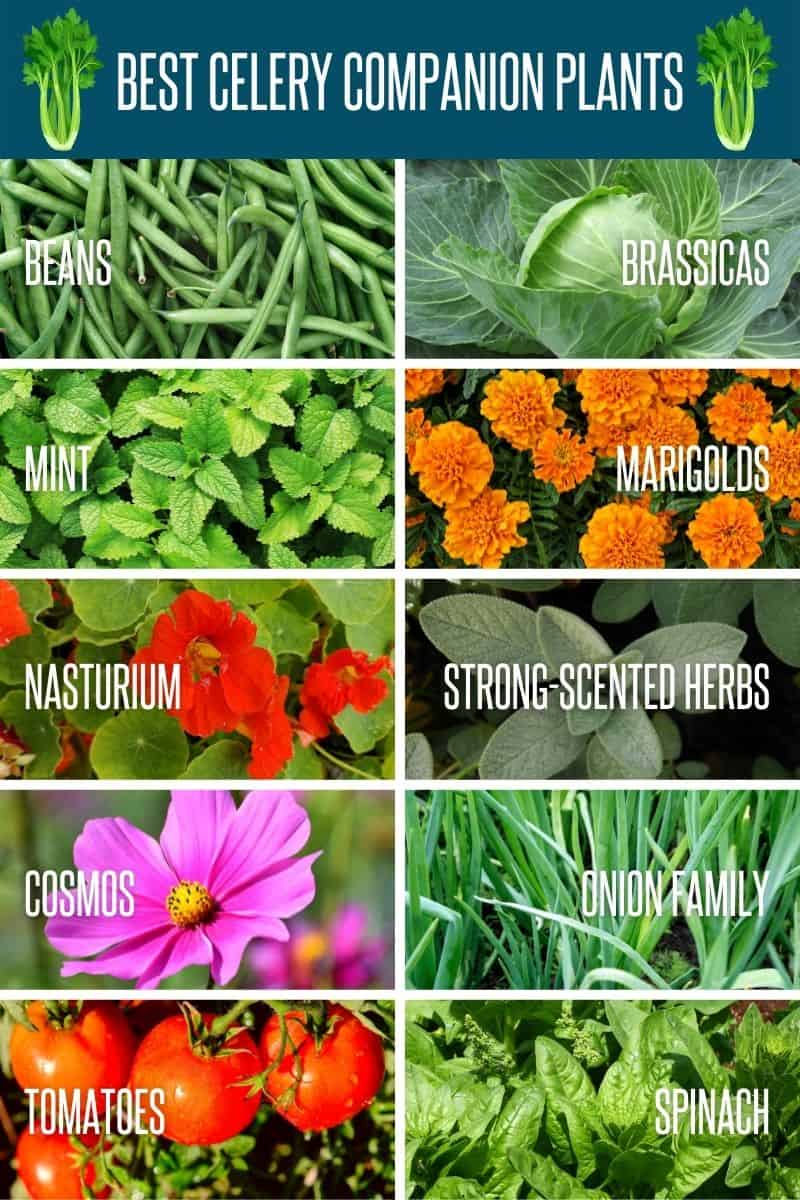

Post a Comment for "The Ultimate Guide To Companion Gardening For Tomatoes"